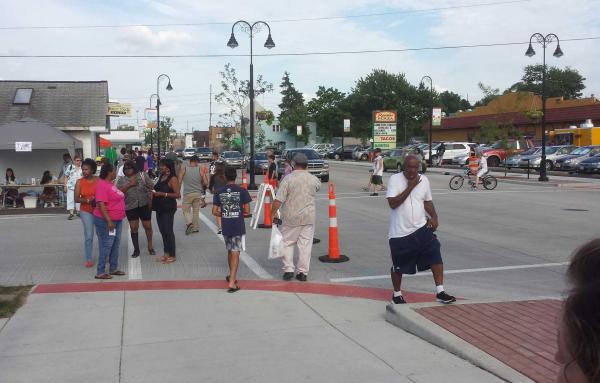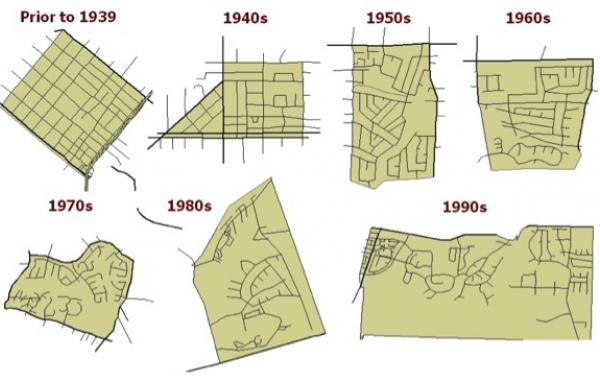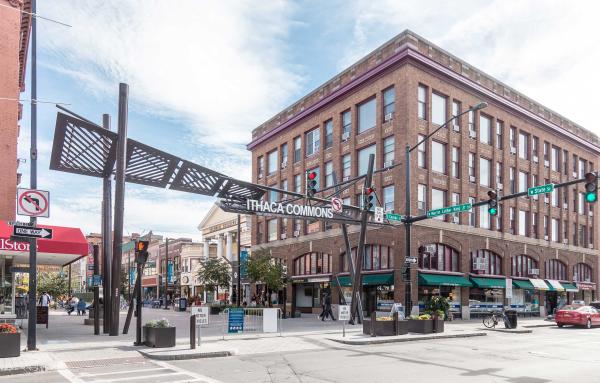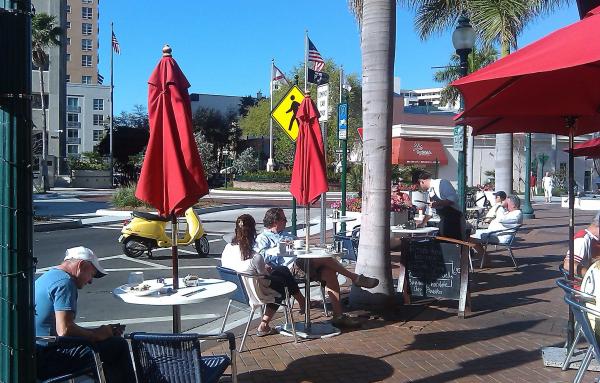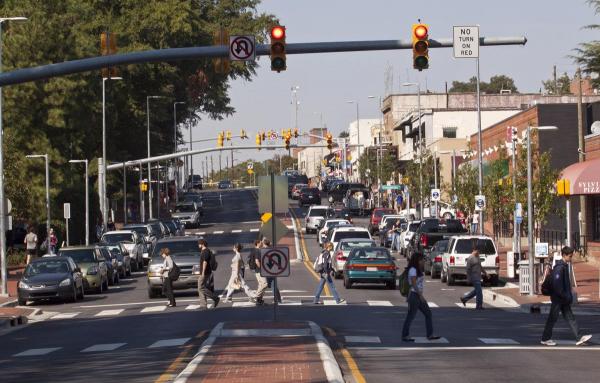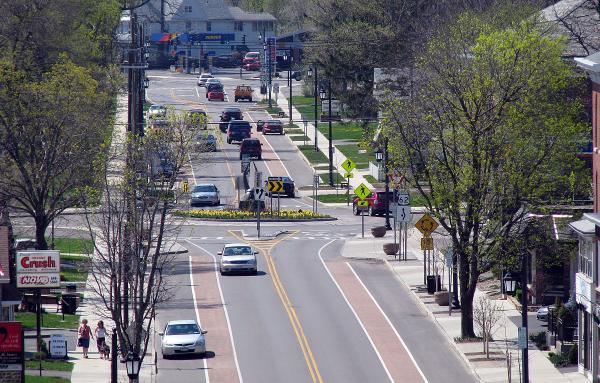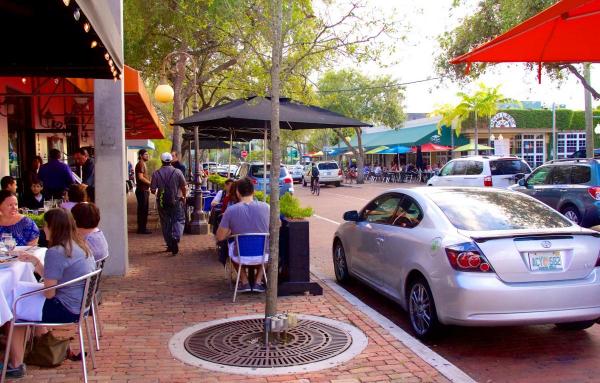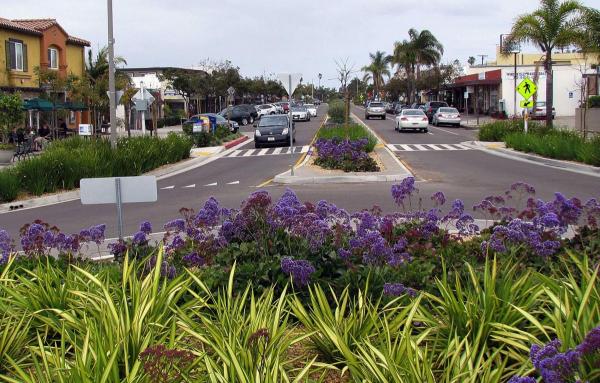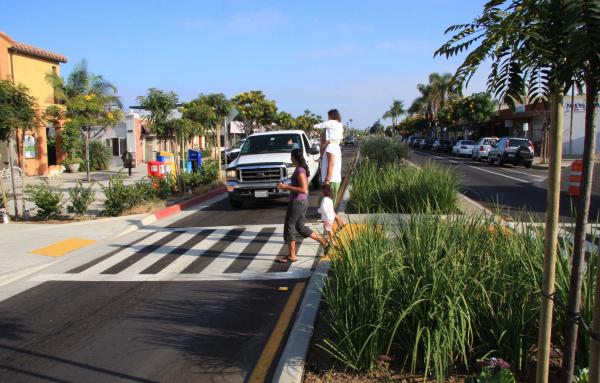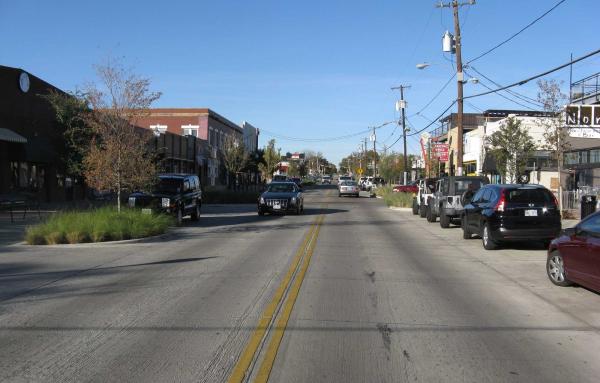Streets
The City of South Bend focuses on complete streets to spur investment in neglected neighborhoods.
A focus on one dimension ignores more important geographical aspects to public safety in a walkable city.
The greater choice offered by well-connected street networks leads to more capacity and efficiency, according to pioneering smart growth engineer Walter Kulash.
Historic street grids can handle greater traffic of all kinds—so why aren’t we building more of them?
Well-designed urban roundabouts solve traffic delay problems while slashing the kinetic energy of motor vehicles in intersections, improving safety and allowing for placemaking.
A pedestrian fatality spurred a transformation of a thoroughfare in Raleigh, linking a college campus to neighborhoods.
Roundabouts and reductions in lane widths helped to restore civic life along a US highway in a western New York village.
South Miami, Florida, has completely transformed since 2000—largely following the context-sensitive transformation of its main street.
Why street design has not kept pace with automotive safety improvements, and what you can do about it.
A breakthrough design on La Jolla Boulevard in San Diego cuts crashes by 90 percent and gives local business a shot in the arm.
In Boston, a Transportation Department guide lays out a vision for streets as shared public spaces.
Streetscape improvements have helped bring back an 18-hour-a-day character to the corridor. Crime has dropped and property values have risen.
